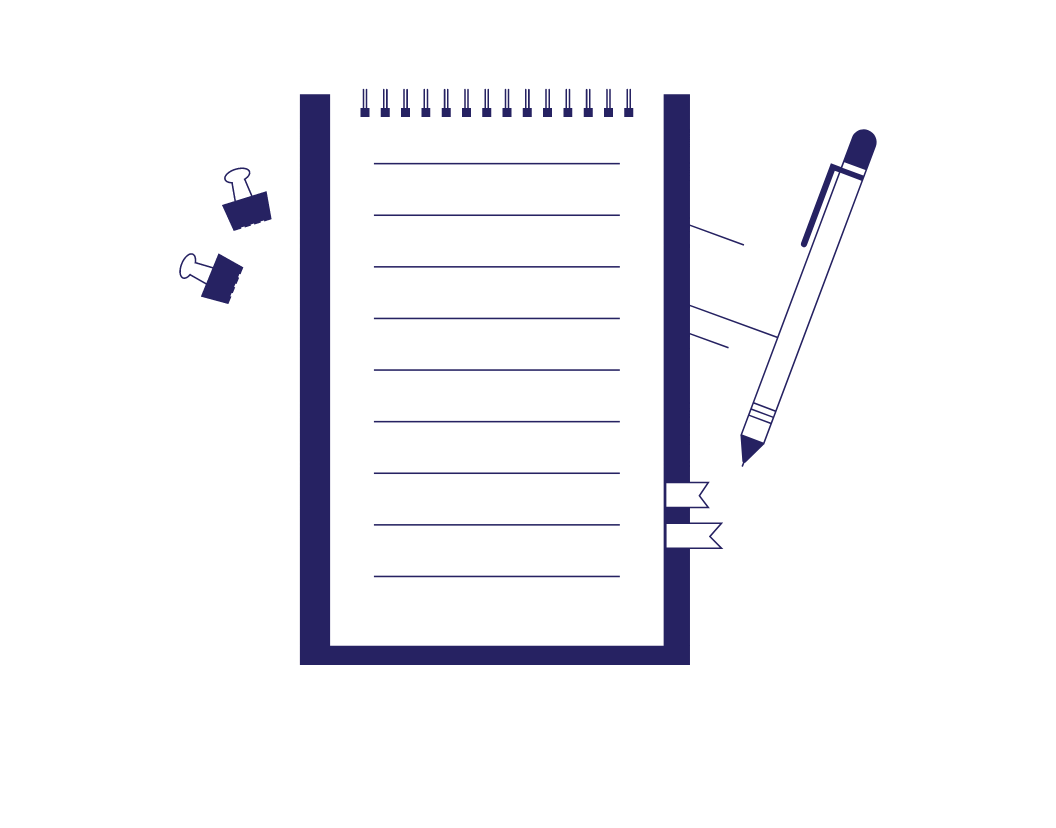
-
4-minute read
-
19th May 2021
Grammar Tips: What Is a Clause?
The clause is a basic grammatical unit comprising a subject and a verb. But what does this mean in practice? What types of clauses are there? And how should you use them in your writing? In this post, we explain all the basics.
In Grammatical Terms, What Is a Clause?
A good starting point is to distinguish between clauses, sentences, and phrases:
- Clauses are grammatical units that contain at least a subject and a verb.
- Sentences contain at least one clause, but may contain more than one.
- Phrases are groups of words, but do not have both a subject and a verb.
Thus, in grammar, a clause is a unit of language that includes a subject and a verb or verb phrase. This can be enough to form a complete sentence by itself:
Some clauses require other information, such as an object or complement, to form a full sentence. In the following, we have added an object after the verb:
However, not all clauses are full sentences. We’ll look at how this works next.
Independent and Dependent Clauses
The two main types of clause are independent and dependent clauses:
- Independent (or main) clauses express a complete thought by themselves. You can therefore use an independent clause as a sentence by itself, or join two or more clauses with coordinating conjunctions in a compound sentence.
- Dependent (or subordinate) clauses also contain a subject and a verb, but they do not express a complete thought by themselves. Rather, these clauses can be used to add information to the main clause in a complex sentence (i.e. a sentence containing at least one clause of both types).
You can see how these different clauses work in a sentence below:
Both clauses here contain a subject (i.e. ‘I’ and ‘you’) and a verb (i.e. ‘read’ and ‘come’). But only the first would work as a sentence by itself. The second instead builds on the main clause by giving us more information, with the subordinating conjunction ‘until’ introducing this extra detail and connecting the clauses.
Restrictive and Non-Restrictive Clauses
Another key distinction is whether a clause is restrictive or non-restrictive:
- Restrictive clauses help us to identify who or what someone is talking about, making them essential to the overall meaning of a sentence.
- Non-restrictive clauses provide extra information about someone or something, but they are not essential to the meaning of a sentence.
To see how this difference works in practice, compare the sentences below:
People who drink from puddles will get ill.
Find this useful?
Subscribe to our newsletter and get writing tips from our editors straight to your inbox.
Subscribe to Beyond the Margins and get your monthly fix of editorial strategy, workflow tips, and real-world examples from content leaders.
Her first novel, which was published in June, has been a big hit.
The clauses in question here are ‘who drink from puddles’ and ‘which was published in June’. Both of these contain a pronoun (i.e. ‘who’ and ‘which’) and a verb or verb phrase (i.e. ‘drink’ and ‘was published’). However, they play very different roles in their respective sentences.
In the first case, we need ‘who drink from puddles’ to know which ‘people’ the speaker means. This makes it restrictive. But in the second case, we could cut ‘which was published in June’ without changing the meaning of the sentence.
We indicate this difference by placing non-restrictive clauses within commas. Make sure to do this if you’re using a non-restrictive clause in your writing.
Clauses as Nouns, Adverbs and Adjectives
Clauses can also serve a variety of roles within a sentence. These include acting as nouns, adverbs, and adjectives. We’ll look at how each of these works below.
A noun clause is one that serves as the noun in a full sentence. For example:
I remember what you did last time.
Here, ‘what you did last time’ is a clause with a subject (i.e. ‘you’) and a verb (i.e. ‘did’). But the clause as a whole works as the object of the main verb ‘remember’.
An adverbial clause is one that modifies a verb in a sentence:
She goes wherever she wants to go.
Here, the clause ‘wherever she wants to go’ modifies the main verb ‘goes’.
An adjectival clause, meanwhile, works like an adjective in a sentence:
The things I regret are many and varied.
Here, the subject of the main sentence is ‘The things’, but we use the adjectival clause ‘I regret’ to modify this and specify the ‘things’ we are referring to.
Proofreading for Grammar
Hopefully, this post has clarified what clauses are. But if you want to be sure your writing is always the best it can be, why not get in touch with the grammar experts at Proofed? Sign up for a free trial today to find out more.